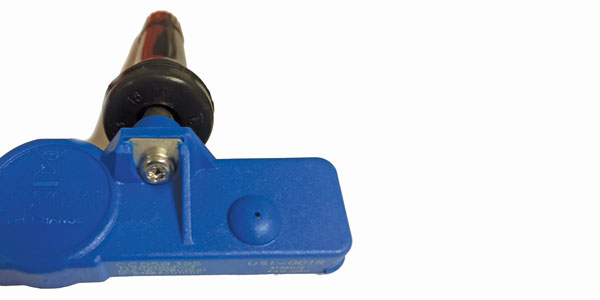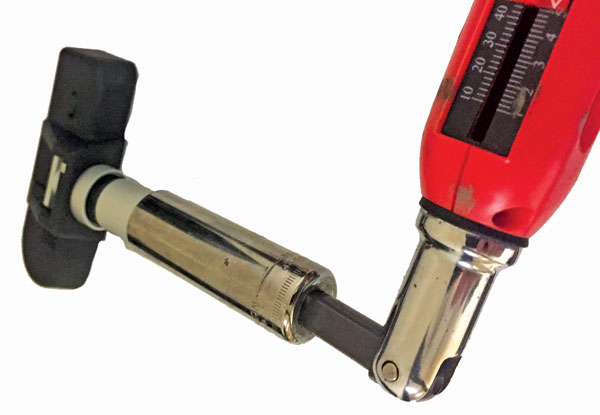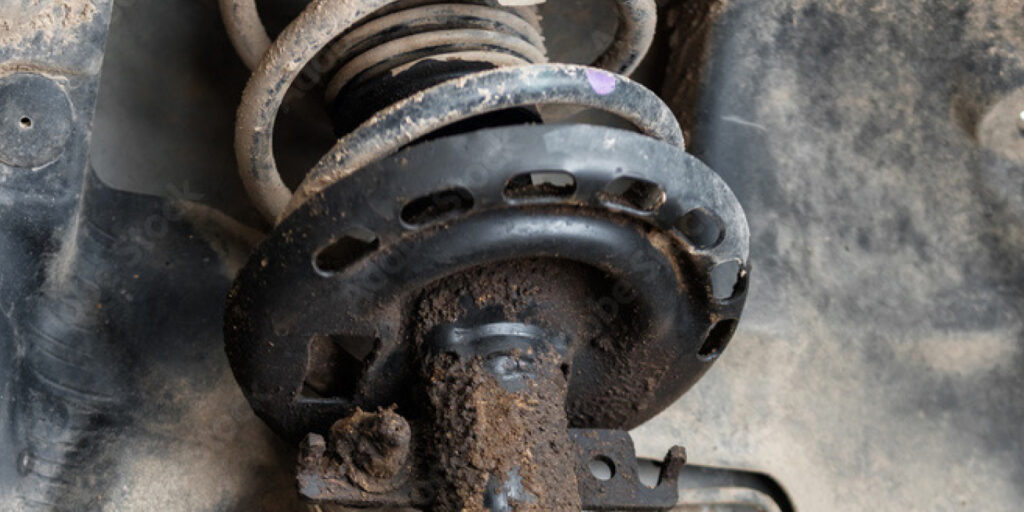New to TPMS or need a refresher? Here are 10 quick tips to know when servicing or installing clamp-on TPMS sensors.
1. Torque is Important
Most TPMS sensors are held in using just a screw or a nut, but if not assembled or torqued properly, the results can be catastrophic. Carelessness can result in a broken sensor or even a customer being stranded with a flat tire. Torque tools required to install TPMS sensors include:
• Torque wrench that measures torque in inch-pounds;
• Preset torque-calibrated T10 screwdriver; and
• Preset torque valve stem torque tool.
2. Replace THE Seals and Valve Stems
Anytime a clamp-on TPMS sensor is reused or replaced on a wheel, it is necessary to install new seals and valve stem nuts to ensure proper sealing around the sensor valve stem.
3. Clean the Area
Wipe the area clean around the sensor/valve stem mounting hole in the wheel. Make sure the surface of the wheel is not damaged. Pieces of the old seal can cause a slow leak. Do not lubricate or use a sealant in this area. This can change the torque values and cause you to snap the stem.
4. Replace Valve Core
If the valve core is removed, it must be replaced with a new valve core in order to avoid galvanic corrosion issues, which may cause the valve core to fail.
5. Make Sure the Sensor isn’t Upside-down
Insert the sensor through the wheel, keeping pressure against the rear of the metal valve stem. The potted side of the sensor is to be positioned toward the wheel. Mounting the sensor upside down can cause relearn and transmission problems. The two grommets seal the sensor and nut to the wheel. The instant the nut is torqued, the seal/grommet starts to take on the shape of the surfaces it is sealing against. This memory cannot be erased. If the seal is reused, it could cause a slow leak.
6. Never Reuse the Nuts
The nut is made of a softer metal than the stem, so it can be damaged or develop hairline cracks if it is over-tightened. The material of choice is typically aluminum. The new nut may have coatings on the threads that prevent corrosion and leaks.
7. Push Down Before Tightening the Sensor Nut
Push downward on the sensor housing in an attempt to make it flush with the interior contour of the wheel, before you tighten it. Some clamp-in stems have the ability to change the angle of the sensor by loosening a fastener that holds the sensor on the stem. Other sensors should assume the correct position when the nut is torqued.
8. Don’t Guess. Look Up Torque Specifications
Typical torque values for the base nuts on a TPMS valve stem range from as low as 35 in.-lbs. of torque to as much as 80 in.-lbs. of torque. That’s quite a range. This doesn’t mean that any torque value within this range is acceptable. It means that the torque specifications for the base nut on one car might require 44 in.-lbs., another might require exactly 62 in.-lbs., another might specify exactly 71 in.-lbs., and so on. Don’t guess. Look up the torque specifications for the vehicle you are servicing to make sure you use the correct torque. Over-torquing the sensor nut by as little as 12 Nm (106 in.-lbs.) may result in sensor separation from the valve stem. When you have the right torque set, hold the sensor in position and tighten the sensor nut with the torque wrench.
9. Extra Tightening Will Not Eliminate Leaks
Sealing grommets are engineered to work at a specific torque. Any torque above the specified value will cause the seal to leak. Extra force may also damage the nut or valve stem, or fracture the sensor body.
10. Follow Manufacturer’s InstructionS For Wheel Installation
Mount the tire on the wheel following the tire changer manufacturer’s instructions, paying special attention not to damage the tire pressure sensor.















